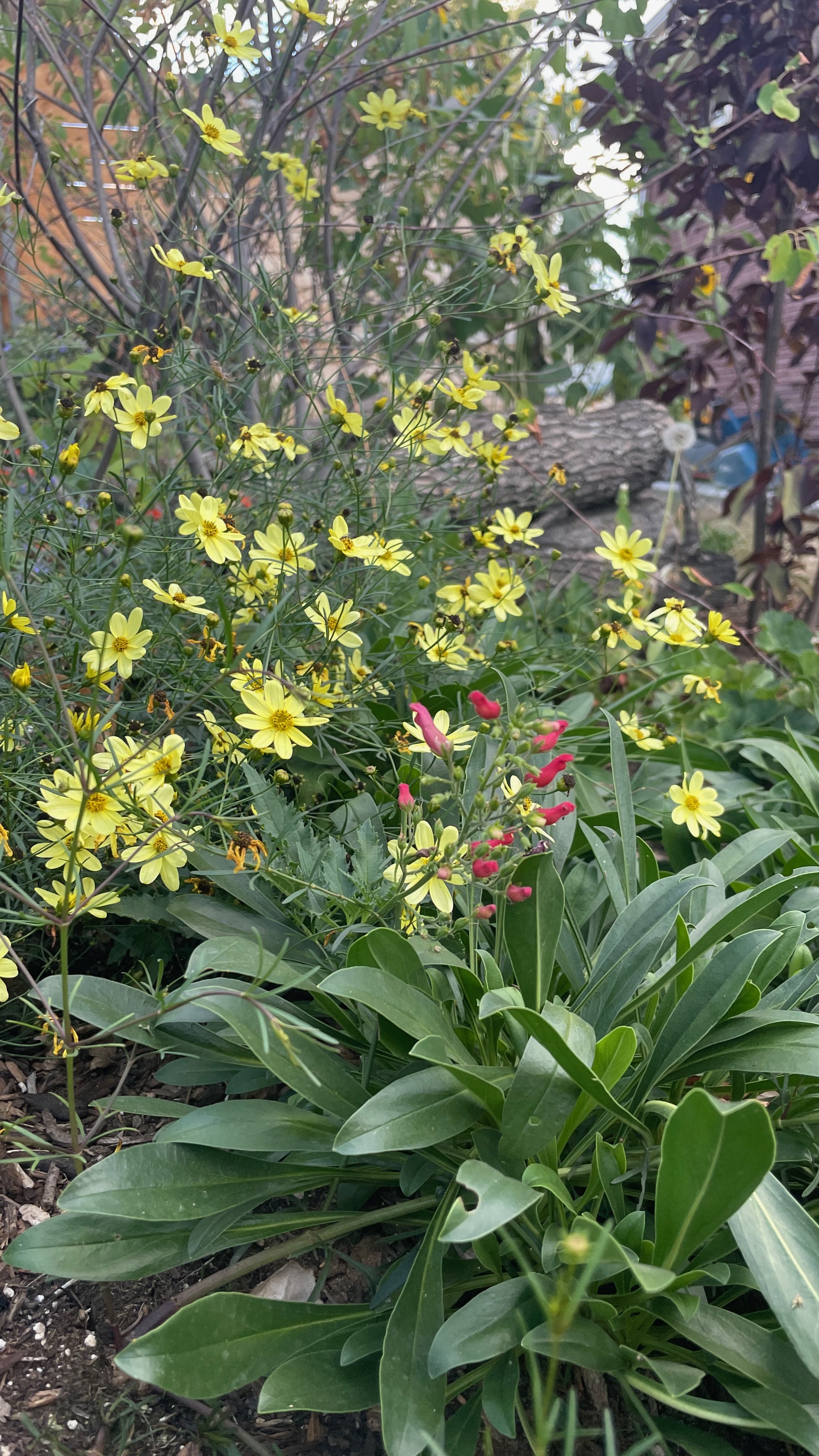USDA Hardiness Zones: What They Are, What’s Changed, and Why They Matter for Your Garden
If you're a gardener or farmer in the U.S., there's a good chance you've heard of the USDA Hardiness Zone Map—but do you really know how to use it effectively? The USDA recently released its updated version of the map, and there are some key changes you’ll want to know about, especially if you grow perennial plants.
What Is the USDA Hardiness Zone Map?
The USDA Plant Hardiness Zone Map is a crucial tool for anyone planning a garden in the United States. It’s created by analyzing weather data over a 30-year period—in this case, from 1991 to 2020—to determine the average annual lowest temperature in different regions.
This gardening zone map helps you identify which cold-hardy plants are most likely to survive winter in your area. The zones are divided into 10°F increments, with subzones of 5°F for more precision.
You can easily find your USDA growing zone by entering your ZIP code on the USDA website.
What’s New in the 2023 USDA Zone Map Update?
The biggest headline? Almost half of the U.S. shifted up one plant zone. That means the average annual low temperature has increased in many areas—essentially, gardening zones are getting warmer.
Even in places that didn’t officially move up a zone, temperatures are trending warmer. Some areas were already on the edge of their current zone and didn’t quite make the leap to the next.
Big Improvements for Alaska Growers
Alaska USDA zones just got a major upgrade. With twice as many climate data collection stations compared to the 2012 map, gardening in Alaska is now backed by more accurate zone data—making it easier to choose the right plants for northern climates.
What the USDA Zone Map Doesn’t Include
While the USDA plant zone map is a great resource, it doesn’t cover everything. It doesn't account for:
Sunlight exposure
Humidity levels
Annual rainfall
Microclimates (i.e., your backyard might be windier, wetter, or colder than the general area)
So while the zone tells you how cold it might get, it doesn’t predict extreme cold snaps, and it certainly won’t tell you if your shady garden corner stays frozen longer than the rest.
This is where local knowledge and microclimate gardening come in handy.
What Does This Mean for Your Garden?
Hardiness zones are most useful when choosing perennial plants—plants that live for multiple years like shrubs, trees, and certain flowers.
If your zone changed—say, from Zone 5 to Zone 6—your average low temperature is now expected to be between -10°F and 0°F. But that doesn't mean you won’t see colder temps.
Last winter, we dropped to -22°F here—and I lost a few rose bushes. So I choose cold-hardy perennials rated for Zone 4 or lower to give my plants the best chance at surviving occasional extreme weather.
Understanding Perennial Survival in Cold Climates
Not all perennials handle winter the same way. Here’s what matters:
Woody perennials (like shrubs or trees) keep above-ground growth through winter, making them more vulnerable to freeze damage.
Herbaceous perennials die back to the ground and regrow from the roots, so they’re better protected from freezing temps.
If you experience brief but severe cold snaps, consider:
Selecting plants that are hardy in lower zones
Using mulch or protective covers
Planning your garden layout to shield vulnerable plants from wind
This is all part of climate-smart gardening—a strategy that’s becoming more important as weather patterns shift.
Where to Find a Plant’s Hardiness Zone Rating
When choosing perennials, always check their hardiness information:
Seed packets often list the USDA zones where a plant is perennial (e.g., “perennial in zones 3–9”)
Plant tags at nurseries will show a zone range (e.g., “hardy in zones 4–9”)
This info helps you decide whether a plant can reliably survive winter in your climate.
Key Takeaways for Gardeners
Here’s what to remember about the updated USDA hardiness zones:
They only apply to perennials. Your vegetables, herbs, and annual flowers are not affected.
You may see new plants at nurseries. Retailers may start stocking more warm-climate varieties now that zones have shifted.
The map is just one tool. Don't forget to consider light, water, soil, and microclimates.
Plan for the extremes. Even if your zone says -5°F, if you occasionally drop to -25°F, prepare accordingly.
What’s Next for Your Garden?
If your USDA hardiness zone has changed, it’s a great time to rethink your perennial plant choices, update your garden plan, or experiment with a few new varieties. Just make sure to keep those cold-hardy favorites in your mix if you’ve had surprise freezes in the past.
Has Your USDA Zone Changed?
Will it affect your garden plans for next year? Drop me an email —I’d love to hear how you're adapting your perennial planting strategies in light of the new data.
🌱 Happy gardening, and don’t forget to like, share, and subscribe to my Substack for more gardening tips!







